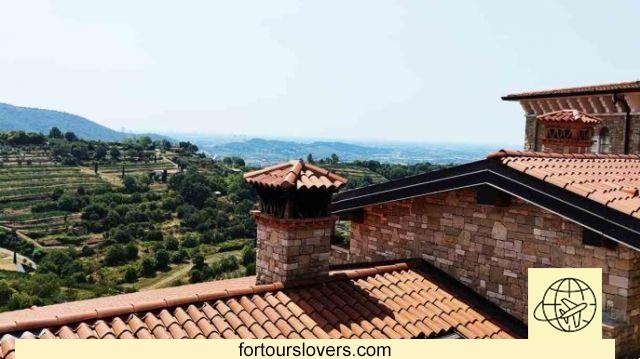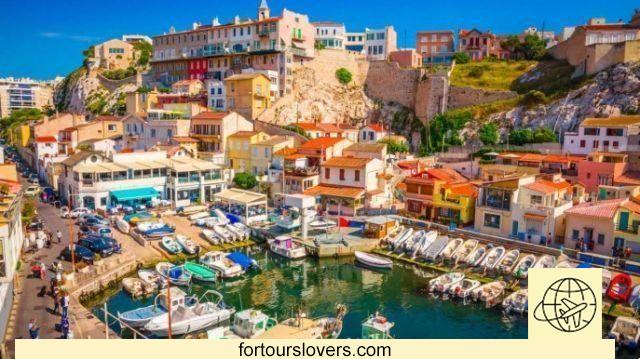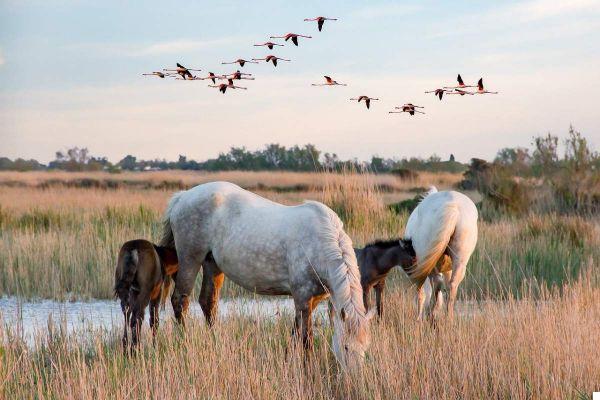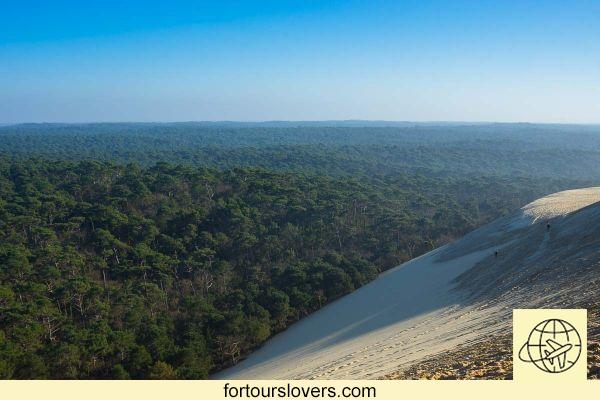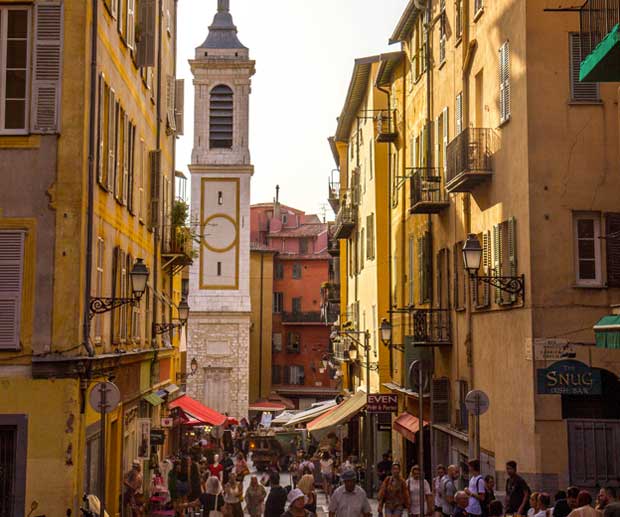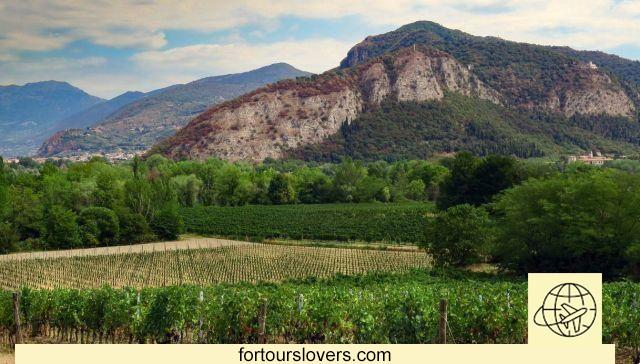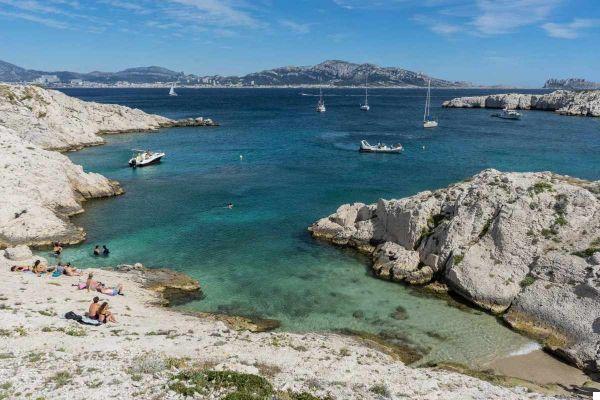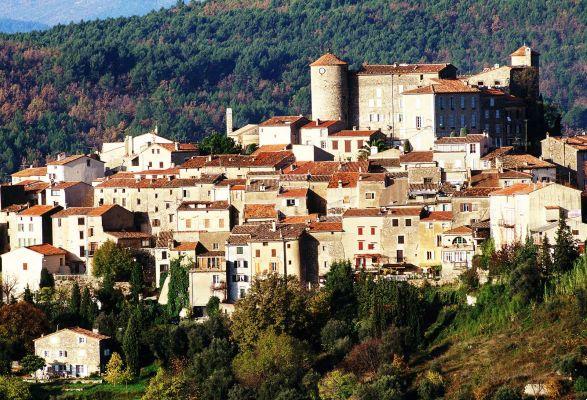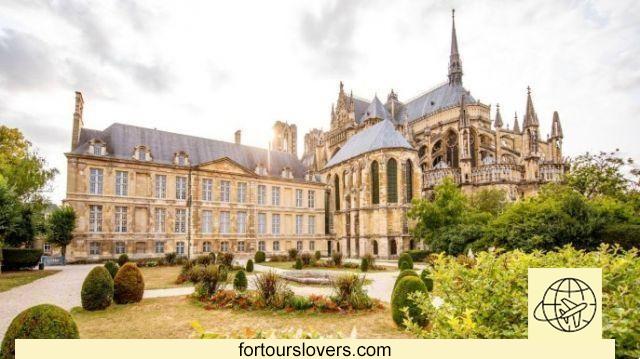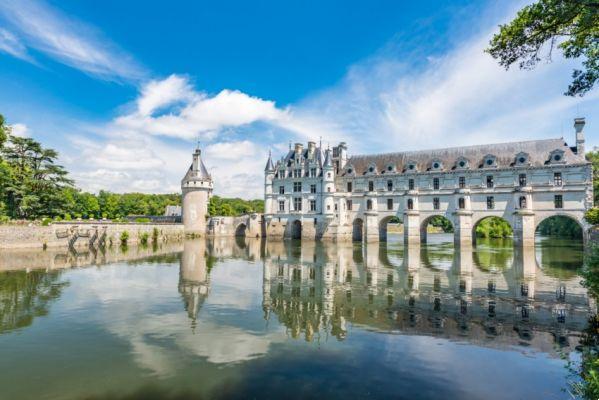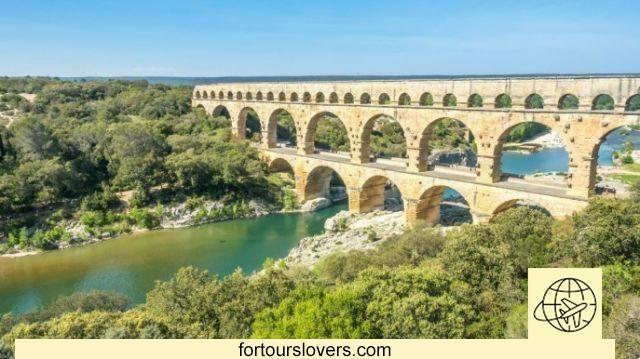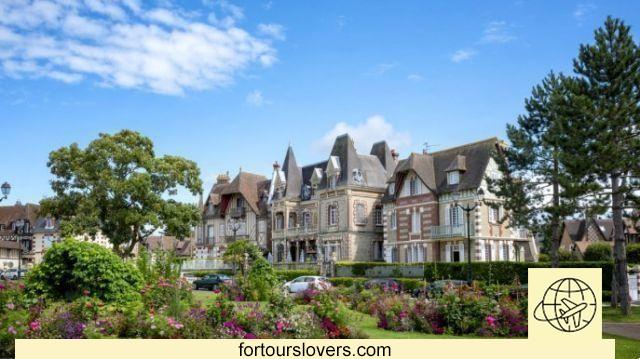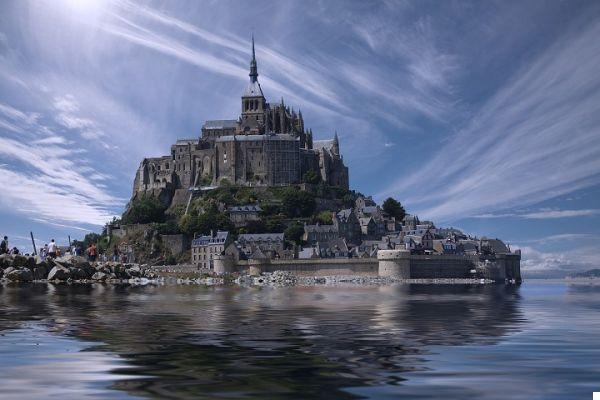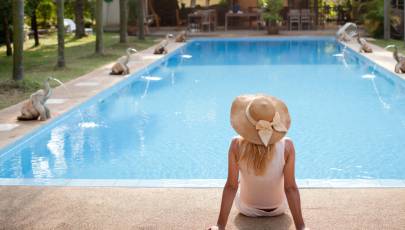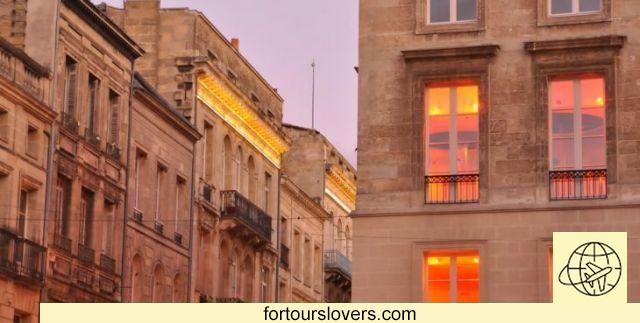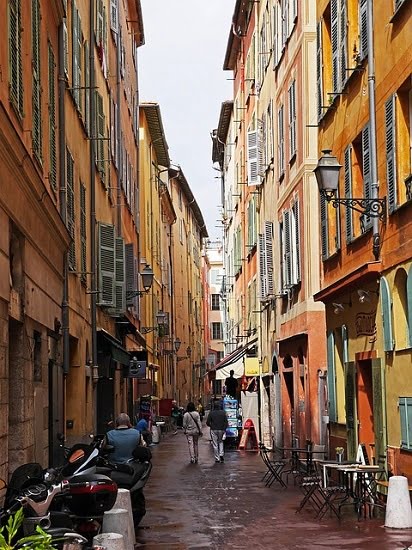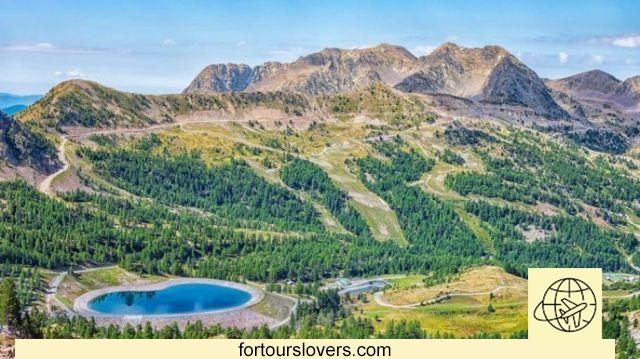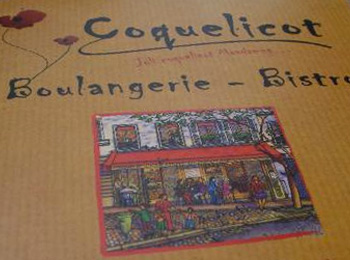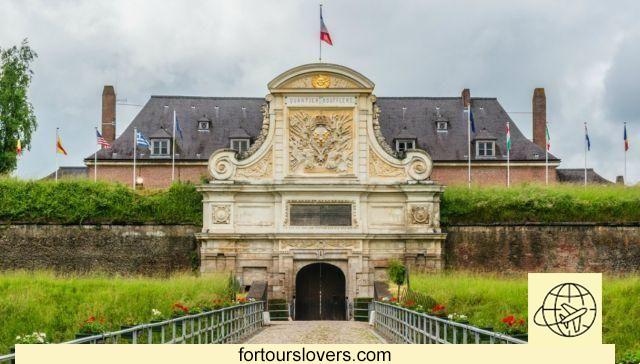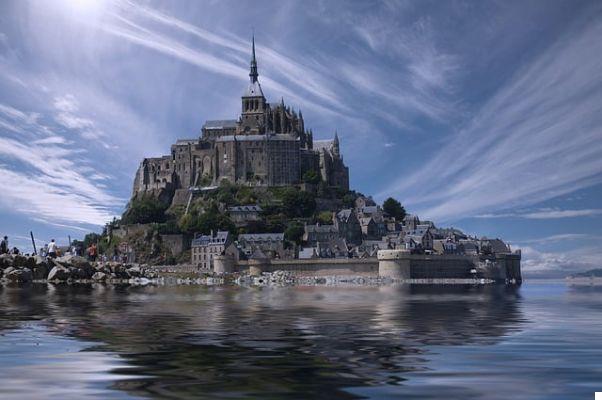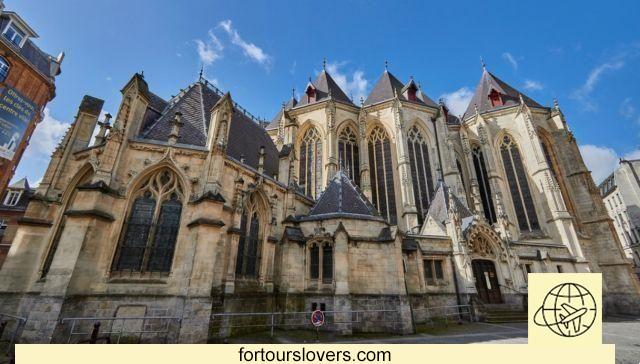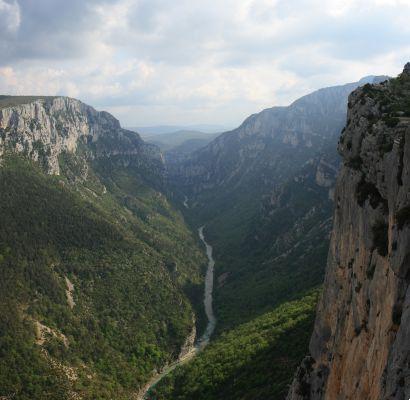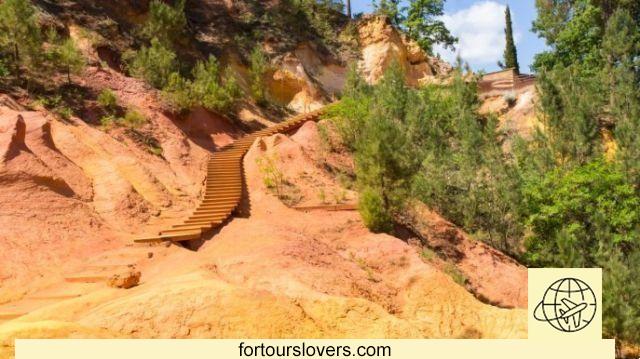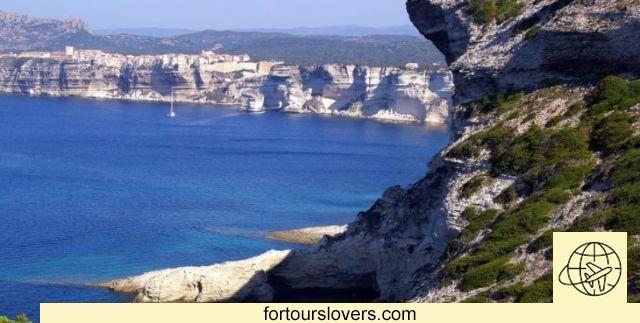
Corsica
12 things to do and see in Corsica and 3 not to doNapoleon often repeated that he could recognize his island with his eyes closed, just by breathing in its scented air. The general was right: even today the smell of myrtle, mastic, rosemary and all the other typical shrubs of the Mediterranean scrub it is one of the distinctive features of an island that the Greek colonists, not surprisingly, renamed Kallíste the most beautiful. And, in fact, Corsica amazes first and foremost for extraordinary landscape-environmental variety: beautiful beaches and mountain ranges, water sports and winter sports. A lot of variety, inevitably, also had repercussions from a historical-geographical point of view. The island, in fact, is divided into two districts (départements): Upper Corsica (Haute Corse) and Southern Corsica (Corse du Sud) which in turn refer to different populations in terms of culture and temperament. The north of Corsica has suffered more from the Italian influence both from a linguistic and political-social point of view; the south and the hinterland, on the other hand, have historically been more crossed by feelings of independence (still present throughout the island) which, in the past, also led to episodes of terrorism. Not only that, because the island has known both the banditry that, in more recent times, the rise of real clans. Today, fortunately, tourism not only gives a living to the majority of the population, but has also managed in part to smooth out the most controversial corners of Corsican identity by hinging preservation of local traditions and on development models based on environmental sustainability. Below we will try to account for so much beauty and complexity by telling, from north to south, the most beautiful attractions of Corsica. Happy reading.
1 Calvi
Our journey to discover Corsica starts from Calvi small town on the north-western side of the island, in the region of Balagne. There are those who claim that this village of just over 5000 inhabitants was the birthplace of Christopher Columbus. The only certain thing, however, is the Genoese influence on the territory as evidenced by the fortified citadel overlooking the fortress of the town. A citadel erected precisely by the Genoese who ruled the island for a long time only to be handed over to the French in 1769 at the end of a ten-year conflict with the Corsican separatists led by General Pasquale Paoli (see point 6). To see, the St. John the Baptist Cathedral, the (alleged) house of Christopher Columbus in Rue Colombe, and finally Quai Landry the port area full of shops, bars and restaurants. Also very beautiful Calvi beach, part of a larger coastline (approx. 70 km) which ends in Ile Rousse. Coast which is connected by the Tramway de la Balagne, a narrow gauge railway line (Calvi-Ile Rousse-Calvi) which has greatly contributed to the tourist fortunes of the area. South of Calvi (approx. 40 km), however, we point out the Valley of the Mud River (Vallée du Fango). It is, as the name suggests, the delta of a small river near the Gulf of Galéria. A wonderful natural scenery, not surprisingly protected byUNESCO (Biosphere Reserve), where it is possible to swim in comfortable natural freshwater pools. Not to be missed!
2 Desert des Agriates
After Calvi and Ill Rousse it is the turn of St. Florent, a small village of about 1500 inhabitants which during the summer turns into a renowned seaside resort. More than the country, however, it is worth seeing Desert des Agriates, an area of great naturalistic interest that offers some of the most beautiful beaches in Corsica. Two in particular: the Loto beach (Plage du Lotu) and Saleccia beach (Plage du Saleccia, see photo) easily reachable using the taxi boat that during the summer they go back and forth from the marina of St. Florent. The top!
For more information on transshipment consult the place: www.lepopeye.com.
3 Gulf of Porto
Porto is a small town on the west coast of Corsica. Its tourist fame, which over time has favored the opening of restaurants, bars, shops and accommodation facilities, is due to the gulf of the same name, the starting point for two of the most famous boat excursions in the region, and beyond. We are talking about Calanche di Piana (o Creeks) and of Scandola Nature Reserve (see photo). The Calanche di Piana are located south of Porto, while the Scandola Reserve is located in the north. The naturalistic scenario is truly amazing, so much so that theUNESCO international convention against doping in the sport has taken steps to extend his protection on both sites already in 1983. We go by boat, therefore, not only for convenience, but precisely because the high environmental value of these areas suggests discouraging access by land. However, the absolute prohibition applies only in the case of Scandola. The preservation of unique habitats where numerous marine and terrestrial species find safe refuge. Beyond the naturalistic aspect, bathing in the coves that you encounter along the way is also a unique experience. For more information on boat trips see i sites: www.naveva.com (with departure also from Ajaccio, see next point) and www.visite-scandola.com (departures from the Gulf of Galeria).
4 Ajaccio
Ajaccio is the largest and most inhabited city (approx. 66.000 inhabitants) in all of Corsica. It is home to the Regional Parliament (Assemblée Régionale de Corse) and is the birthplace of Napoleon Bonaparte. To this circumstance it owes the appellation of Cité Impériale, but above all - it must - part of its tourist fame. Therefore, once in the city it is a must to visit house-museum of the family of the French general. The other part of the tourist fame, however, is due to the extraordinary landscape-environmental variety. The reference is both to the elegant historic center and to the overflowing Mediterranean vegetation of the hills that dominate the city. Hills from which the Sentier des Cretes, an excursion route that ends at Punta della Parata in front of the little one archipelago of the Sanguinaires Islands (Iles Sanguinaires).
For the opening hours of the Musée Maison Bonaparte see the table.
| Days | Apr-Sep | Oct-Mar | ||
| Mon | closed | closed | ||
| Tue-Sun | 10:30 12:30 |
13:15 18:00 |
10:30 12:30 |
13:15 16:30 |
For more information on the history, prices and methods of visiting the museum consult the Official site: www.musee-maisonbonaparte.fr (English version available).
Read also
8 things to do and see in Ajaccio and 1 not to do
5 Cascades des Anglais
As we said at the beginning Corsica is not just sea. THE'outback it's a real one paradise for trekking lovers which have more than 100 peaks over 2000 meters high. The possible excursions are therefore an infinity even if in the choice, clearly, one must take into account the level of difficulty of each one, as well as the subjective degree of physical preparation. L'itinerario by far the most famous is the mythical GR20. A pedestrian path of over 200 kilometers which, especially in spring, attracts hikers from all over the world to Corsica. Along the way there are wonderful places, some of which, however, can also be easily reached by car or train. Like for example the Cascade of the Veil of Bride (Cascade du Voilee de la Marie) in the small town of Bocognano, of the road along the D27 which joins Ajaccio e Bastia. It is the highest waterfall in all of Corsica and is a sight to behold and photographed. Even more beautiful Waterfalls of the English (Cascades des Anglais) near With Vizzavona, one of the most popular passes of the GR20 mentioned above. These falls of the Agnone stream they are also visible by train, with the narrow gauge line "Micheline" (in dialect, Trinichellu) which connects Corte to Vizzavona. And while you're there, it's worth a visit too Cutting, symbol of the Corsican resistance against the dominion of Genoa (see next point).
6 Court
Court is the stroke resistance symbol against the secular dominion of Genoa. Here, in the heart of the island, at the confluence of the Tavignano and Restonica rivers, the general Pasquale Paoli (after which the main street of the country is named) he organized his headquarters from which he coordinated the war against the Genoese. Conflict that lasted 14 years - from 1755 to 1769 - and which, although it was resolved with the defeat of Genoa, did not lead to a lasting independence as desired by Paoli. In fact, the French soon took over, further frustrating the nationalist sentiment, still alive in part of the island population. So this small town of just 5000 souls has a historical value important which contributes to its tourist appeal. Charm, it must be said, absolutely deserved also from a landscape-environmental point of view. There Citadel di Corte, which stands on a spur of rock in a raised position with respect to the rest of the town, is a sight worth admiring. Ditto for the Church of the Annunciation and for the anthropological museum regional (www.musee-corse.com) which offers a very interesting insight into the economic and historical-cultural evolution of the entire island. Not to be missed!
7 Lac de Nino
80 km from the Cascades des Anglaise and about 40 km from Corte there is another wonderful place worth visiting, the Lake Nino (Lac de Nino). Except that here, unlike the English Falls which are also suitable for children (especially if you reach them by train), a minimum of physical preparation is required. The lake, in fact, is located onCamputile Plateau about 1700 meters high. Of glacial origin, it remains frozen for almost 6 months a year while from May to late September it offers an enchanting scenario that attracts many visitors. Many of these are experienced hikers engaged on the GR20, but there are also those who reach the resort from municipality of Albertacce (Poppaghia forest post). From here the walking distance is about 7 km (14 round trip) but it is absolutely worth it. Seeing is believing!
8 Bonifacio
Small in size, but great in history. This is the secret of Bonifacio, the southernmost municipality of Corsica, and therefore of all of France. The strong point is definitely there fortified citadel, legacy of the Pisan and Genoese dominations (especially the latter). From marina there are two roads leading to the top. A part not far from the ferry dock and ends in front of the Gate of France (Porte de France); the other begins at the foot of the Montée Saint Roch and ends in front of the Gate of the Genoese (Porte de Genes), the oldest access to the medieval citadel. Immediately after the Porta dei Genovesi you will find the Bastion de l'Etendard, one of the historic buildings of the old town dating back to the 2015th century. This fortress, restored in XNUMX, offers two different routes to the visitor: an underground one, with a series of rooms where a museum has been set up that tells the dominations that have marked the history of the territory; another outdoors which, in addition to documenting the Pisan and Genoese architectural influence, offers numerous views of the Bonifacio marina, and above all of the opposite Sardinia. Yes, why Santa Teresa di Gallura is just a 11 kilometers navigation and connections between the two locations are very frequent, especially during the summer. In summer from the port of Bonifacio also boats leave for the suggestive Lavezzi Islands, a paradise for diving and snorkeling lovers. Finally a curiosity: not far from the Bastion d'el Etendard meet the famous ones Stairs of the King of Aragon (Escalier du Roi d'Aragon). It consists of 187 steps at the end of which you arrive on the rocks at the foot of the cliff on which the old city stands. Legend has it that they were built in one night to allow the Aragonese assault (hence the name) to this part of the territory.
9 Porto Vecchio
Porto Vecchio is there third city of Corsica by number of inhabitants (after Ajaccio and Bastia), but it is there first for tourist influx. It owes its popularity toextensive coastline that Pinarello (approx. 20 km south) a Punta di Rondinara (approx. 18 km north) gives numerous beaches with dunes and pine forests behind. Enchanting scenery, particularly suitable for families with children in tow that in the summer months crowd the accommodations that have sprung up along the coast. The top, according to most, is represented by the two beaches of Santa Giulia and Palombaggia (see photo). In front of the latter are the Cerbical Islands, a small treasure trove of biodiversity not surprisingly declared Nature Reserve by the French government. Going up the east coast up to Solenzara the landscape does not change: kilometers of low and sandy coastline dotted with hotels, residences and holiday homes. In theoutback, however, the most authentic Corsica returns with the possibility of numerous excursions (especially from Solenzara) for the trekking lovers.
10 Archaeological Museum of Aléria
Going up the east coast of Corsica it is worth making a stop at Aléria, just over 2000 inhabitants at the mouth of the Tavignano river. The country offers a perfect summary of the history of the island, from the Greek colonization of the sixth century. to. C. to the Genoese one, completed in 1769. Not surprisingly, in Fort de Matra, the fortress built by the Genoese (about 2 kilometers from the town center), there is an interesting archaeological Museum with numerous ceramic finds from the Greek and Roman age. Not only that, because since Jérôme Carcopino Museum - this is its name - you have access to a vast excavation area which refer to the long dominion of the Romans who, from Aléria left in the third century. to. C. to go to the conquest of the whole island.
For the orari di apertura of the Carcopino Museum see the table.
| Months | Timetable Morning | Hours Afternoon |
| 16 May - 30 Sept. | 09:00 12:00 |
13:00 18:00 |
| 1 Oct - 15 May | 08:00 12:00 |
13:00 17:00 |
| 1 Nov - 31 Mar | Closed on Sunday | |
For more information: Musée of archeology of Aleria
11 Bastia
If Ajaccio is the political center and Porto Vecchio the tourist one, Bastia is by far the most important commercial and industrial center in Corsica. Suffice it to say that the city, second for number of inhabitants (ca. 44.000) in the region, is at the center of a futuristic rail link project with Cagliari, the capital of Sardinia. Estimated connection time 40 minutes, which would represent a revolutionary event for the two islands from multiple points of view. For now, the super train Cagliari-Bastia remains one dream carried out by the Corsican company Femuqui, but who knows that in the years to come the project will not really see the light. That said, Bastia also deserves from a tourist point of view. The historic center is very well maintained and full of churches (in the photo, the church of San Giovanni Battista). The circuit of the Baroque churches of Bastia is, together with the gastronomy, one of the major attractions of the city. Finally, a curiosity: from the port of Bastia the island of Elba is normally visible, just 27 nautical miles away. Not surprisingly, the connections between the city and the island of Tuscany are frequent during the summer.
to know more
9 things to do and see in Bastia and 1 not to do
12 Sports and outdoor activities
Corsica is definitely one destination for sportsmen. Seas, rivers, mountains, valleys make it an ideal destination for lovers ofClimbingand mountain bike, the kayakand see her, the trekking, diving and even of the skiing. Yes, because with over 100 peaks above 2000 meters in Corsica, ski mountaineering facilities (Bastelica, Col de Vergio, Ghisoni etc.) could not be missing, excellent for the turnout from December to March. In short, one complete tourist region, moreover equipped with services and specialized centers for every technical and organizational need. Learn more aboutmountaineering in Corsica visit the place: www.montagnesdecorse.com (English version available).
1 Don't come for a week
Like other online guides, in our story we have only described some of the endless possibilities that this wonderful region offers to visitors. Even from what little we have written, however, it is clear that if you intend to tour the island far and wide the stay must be at least two weeks. 14 days just enough to get an overall picture of Corsica, while if the time available is less, it will be good to come back a second time. And, why not, even a third, a fourth, etc.
2 Watch out for the streets
There are many to come in holiday in Corsica with car and / or motorbike in tow. After all, without prejudice to the existence of the railway network, the best way to get around the island is undoubtedly by road. Beware, however, because if on the one hand the main arteries are easily passable, the secondary roads and those of the hinterland, on the other hand, they almost always are narrow and full of hairpin bends. In some cases they are also steep. Therefore driving caution e pay attention to the choice of the hotel. For the reasons stated so far, choosing a structure that is too out of the way risks compromising the success of the holiday.
3 Beware of pickpockets
As we said at the beginning, Corsica has a crime problem. A complex phenomenon in which economic, political and cultural factors come into play: the marginalization of some suburbs; the feeling of independence; a misunderstood sense of honor (also present in some areas of Sardinia) etc. We have also said, however, that tourism has managed to mitigate many unwanted aspects. Above all, it must be strongly remembered that deviant behaviors concern a very small minority of the 300.000 and passing inhabitants of the island. Therefore, coming on holiday to Corsica is not risky and the only dangers to which you need to pay some attention are those common to many other renowned tourist resorts: do not leave the bag unattended; do not keep the wallet in the back pocket of the trousers; do not run with a lot of cash; do not wear bracelets, necklaces, watches of great value (at least in some situations). In short, to spend a relaxing holiday without unpleasant surprises it is sufficient to respect the normal anti pickpocket precautions.




